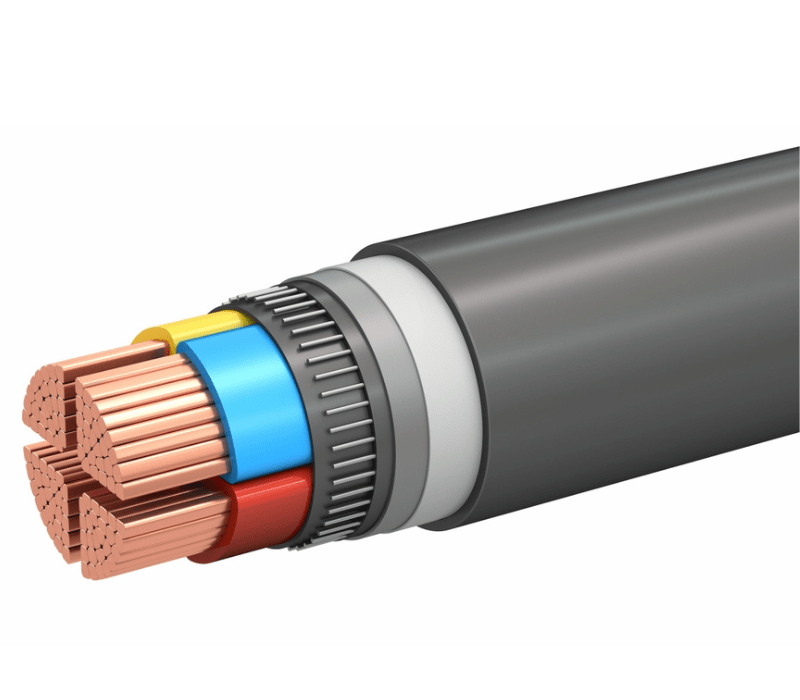Low Voltage Cables are available in a wide range of sizes, materials, and types, each tailored to a specific use. Cables are made up of three main components: conductors, insulation, and a protective outer sheath. Individual cables have different compositions depending on their application. Three key elements determine the construction and materials.
LV cables have stranded copper or aluminum conductors. Although small conductor wires can use solid conductors. The total assembly can be spherical or flat. Non-conducting filler strands can be added to the assemblage to keep it form. Special purpose LV cables for overhead or vertical applications may have additional components like as steel structuralsupports. Some LV cables for outdoor overhead use may not have an outer covering.
LV Cable is widely used in a variety of industries, including water, renewable energy, distribution and power networks, nuclear and thermal power plants, airports, marine, defence, telecommunications, windmills, building, mining, offshore, applications, ship wiring, railways, automation, audio-visual, and manufacturing.
